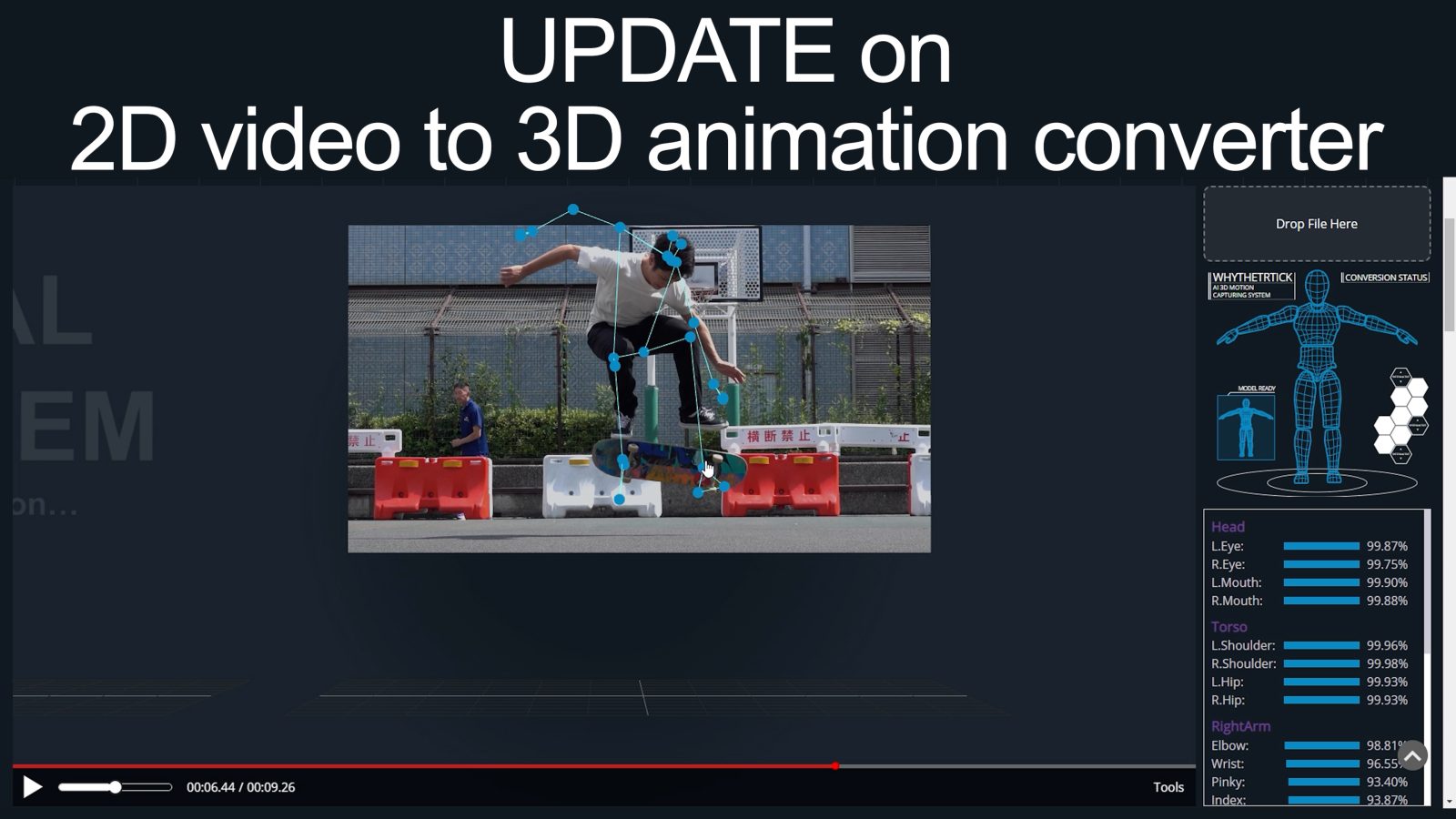Falling is always scary. But when you fall, you are trying something you are not used to. Falling is the flip side of commitment.
As long as you keep skating, you will fall over and over and over and over again. So, it is important to understand the structure of the human body and learn how to fall safely to minimize the risk of injury.
Summary
Overcoming the Fear of Falling
Falling is part of skateboarding and helps you learn new tricks. Understand the body's freezing response and manage fear through deep breathing and stretching to reduce injury risks.
Techniques for Safe Falling
Roll forward to dissipate kinetic energy and avoid injury. Protect specific body parts, such as your arms and head, and use safety gear like wrist guards and knee pads when needed.
Building Confidence and Skills in Skateboarding
Practice basic tricks and get used to moving on the board. Take your time, set small goals, and try alternatives like foot plants if you're struggling with more complex tricks like Ollies.
What is fear physiologically?
Simply put, to avoid injury, you have to roll your body forward to dissipate kinetic energy acts on your body. But before going directly into the details of how to do it, let's see what happens to the human body when it feels fear from a physiological perspective.
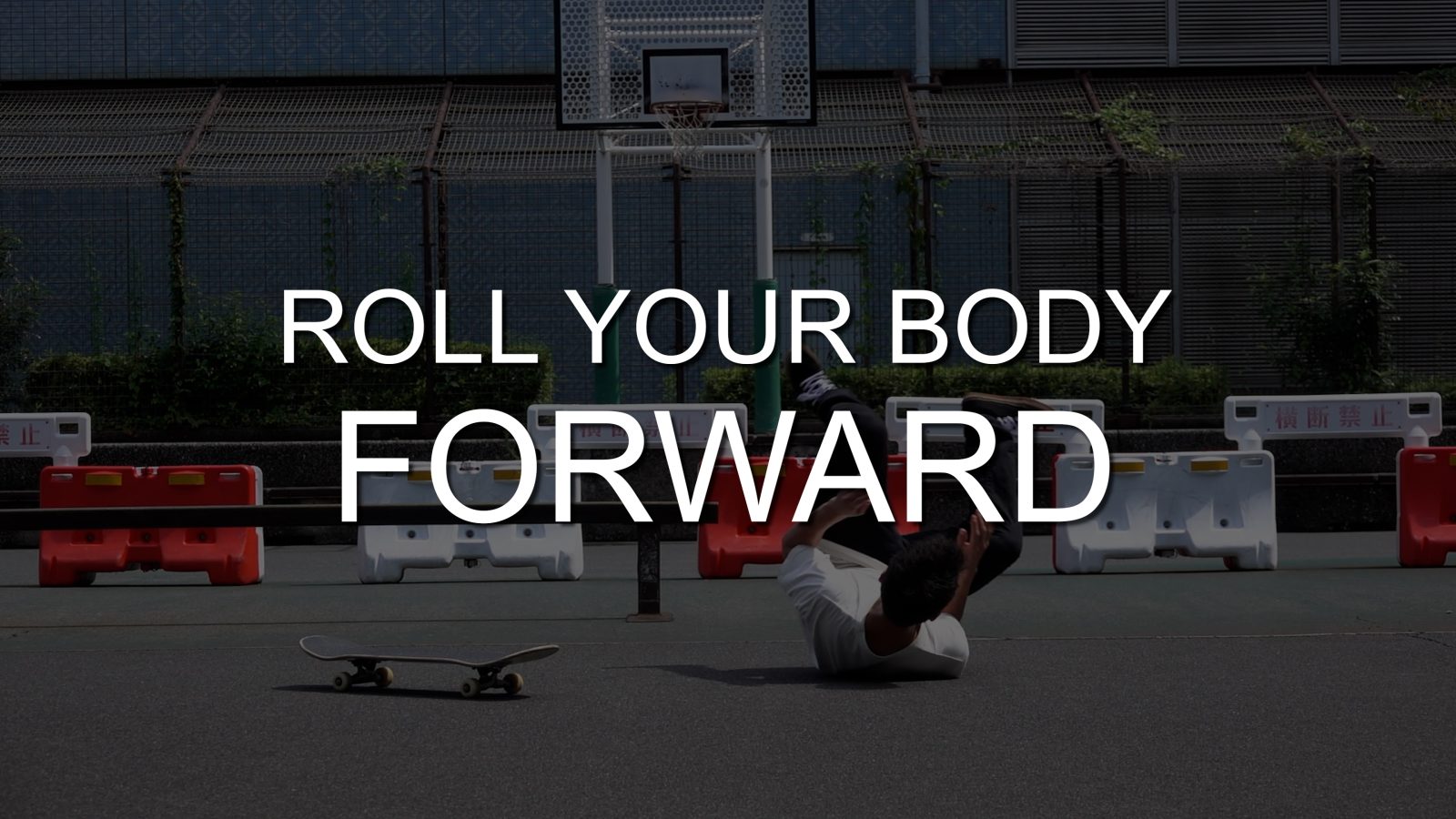
THE FREEZING RESPONSE
Have you ever experienced your body stiffening when you face a threat, not just in skateboarding but in an accident? Imagine when an animal jumps out in front of your car. It just needs to move forward, but it can't make a momentary decision as its body stiffens. The same thing happens to the human body.
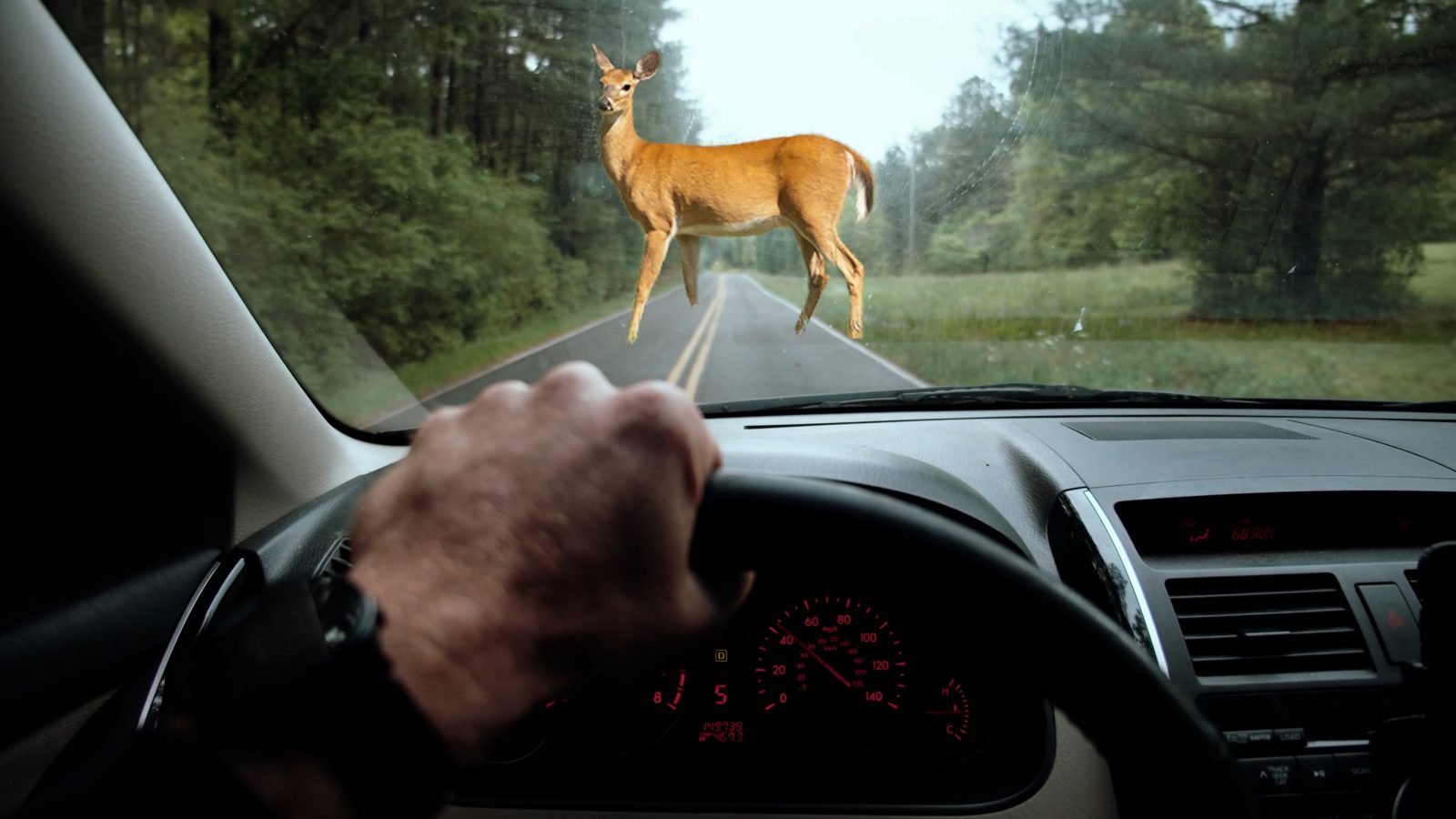
This phenomenon is called the freeze response and occurs when the brain experiences strong fear or stress. The human body has sympathetic nerves that tense muscles and parasympathetic nerves that relax them. When the brain feels stress, it activates the sympathetic nerves and tries to protect the body by stiffening the muscles.
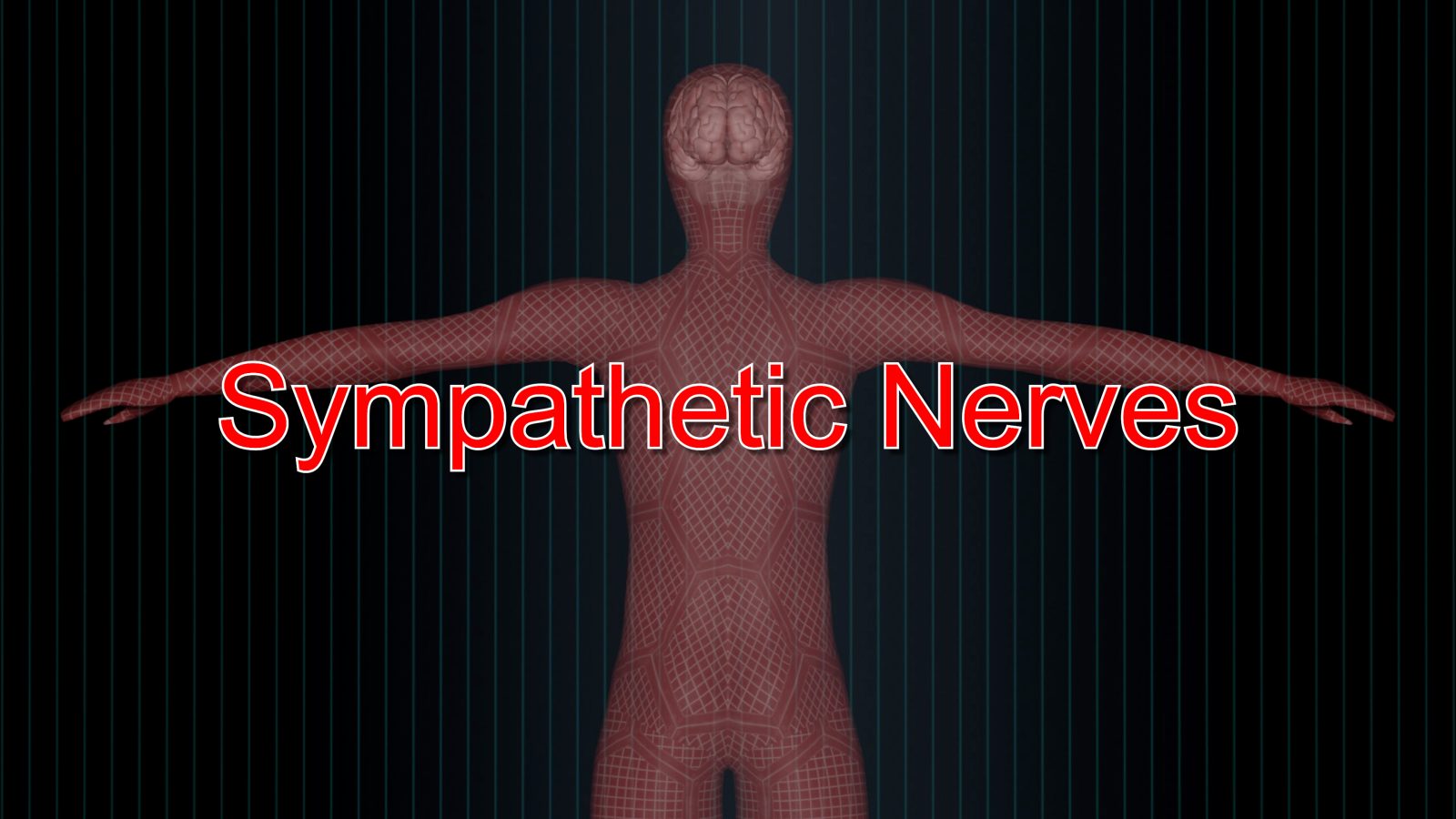
If you fall into this freeze response in the middle of a trick, you will not be able to move your body freely, and as a result, the trick will not work. You must have experienced your leg stops in the middle of a trick. That may be due to the freeze response.
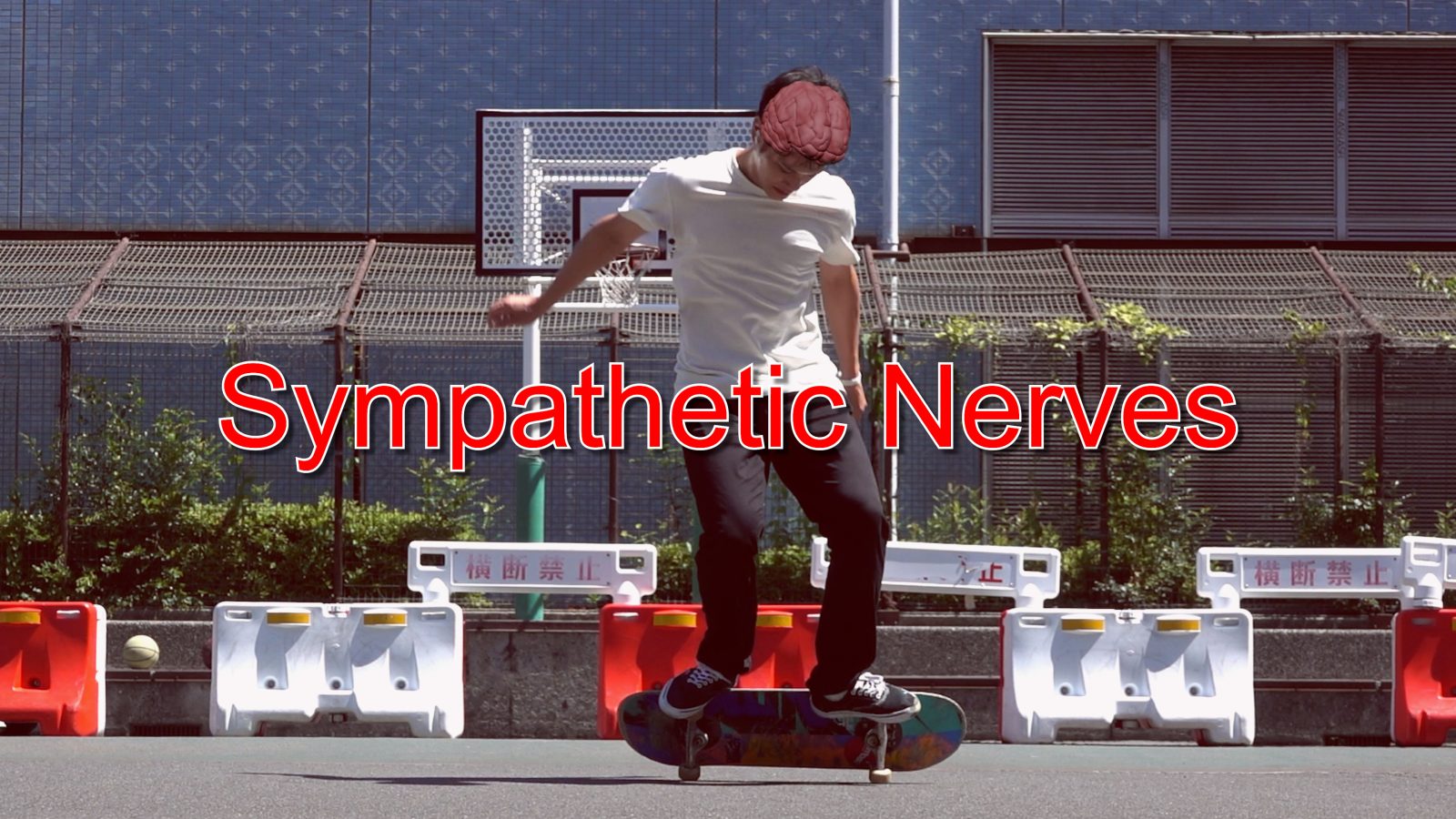
The downside of the freezing response is not only that it makes it harder to land tricks, but it also increases the risk of injury. By stiffening the leg muscles, you are more likely to land unsteadily, increasing the chance of rolling your ankle.
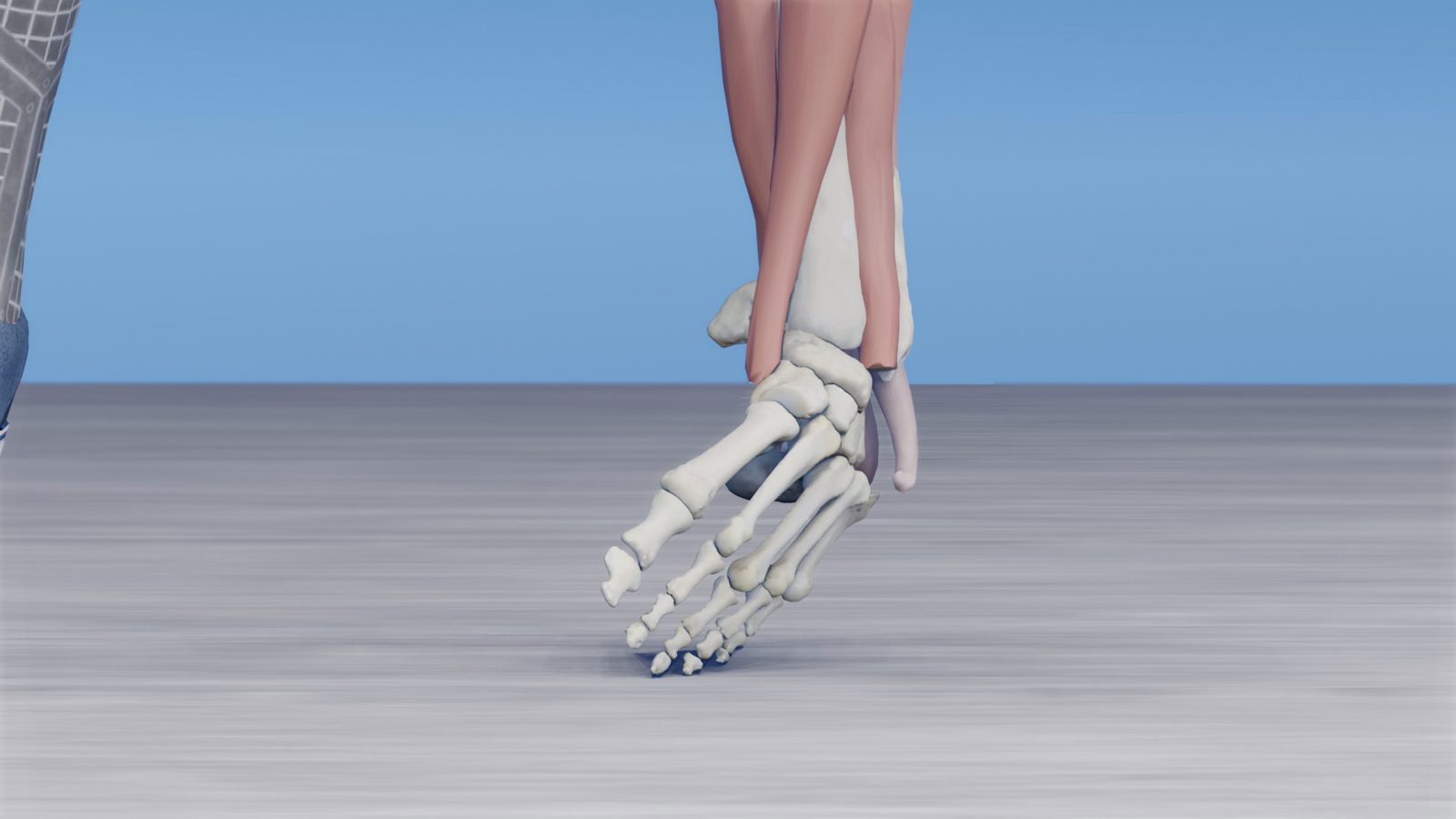
Furthermore, when you get afraid, you tend to pull your body away from the board, which causes your tricks to turn, as explained in the previous article.
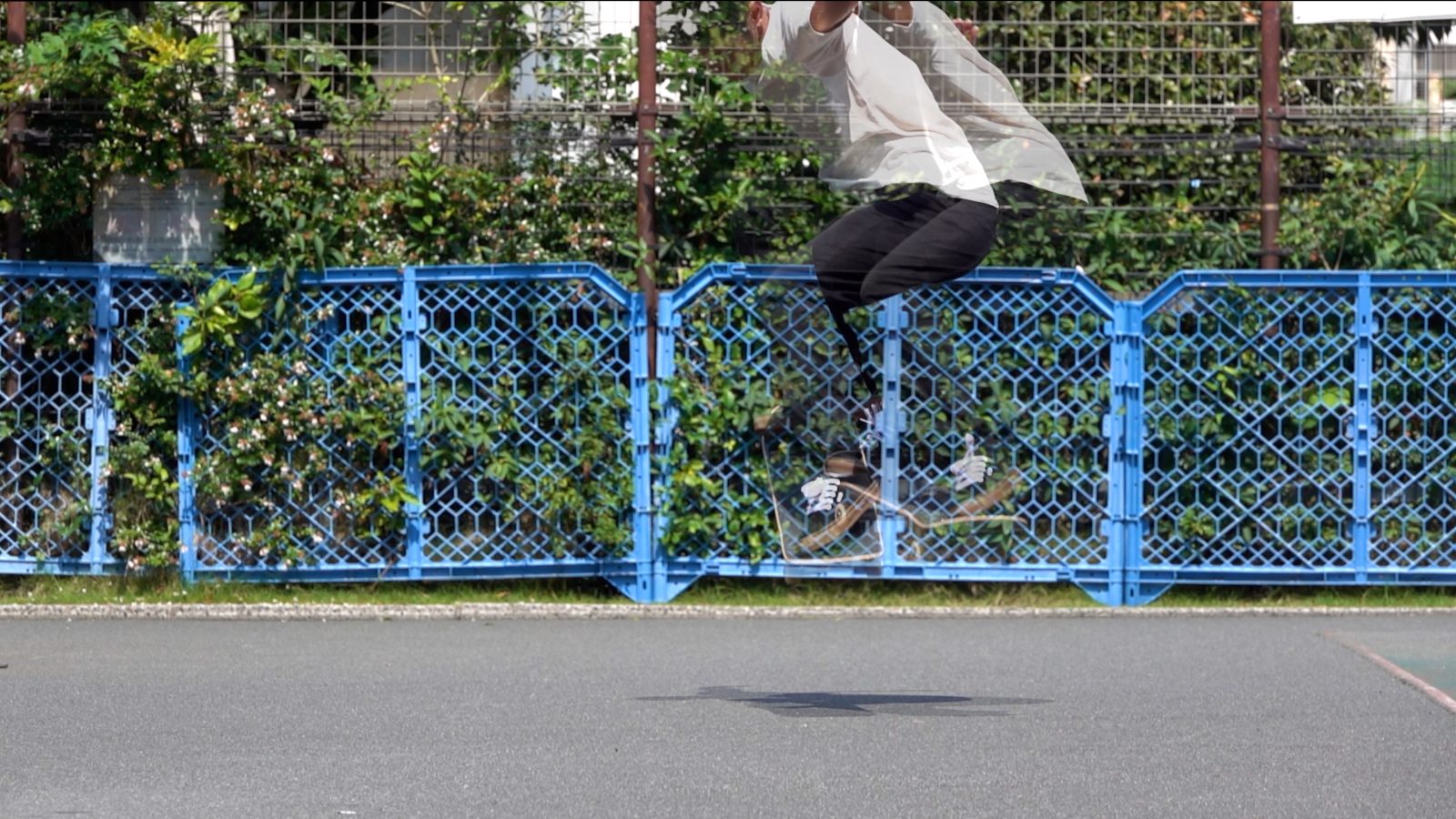
Alleviating the freezing response
How to relax muscles
To alleviate the freezing response, take a deep breath and do a light stretch. Taking a deep breathe calms the sympathetic nervous system and activates the parasympathetic nervous system, responsible for relaxing the muscles. Doing some stretch and jumping lightly can also help loosen stiffened muscles, allowing them to move more freely.
So far, we have sorted out what to do when muscles become stiff, but what can we do to curb the fear in the first place?
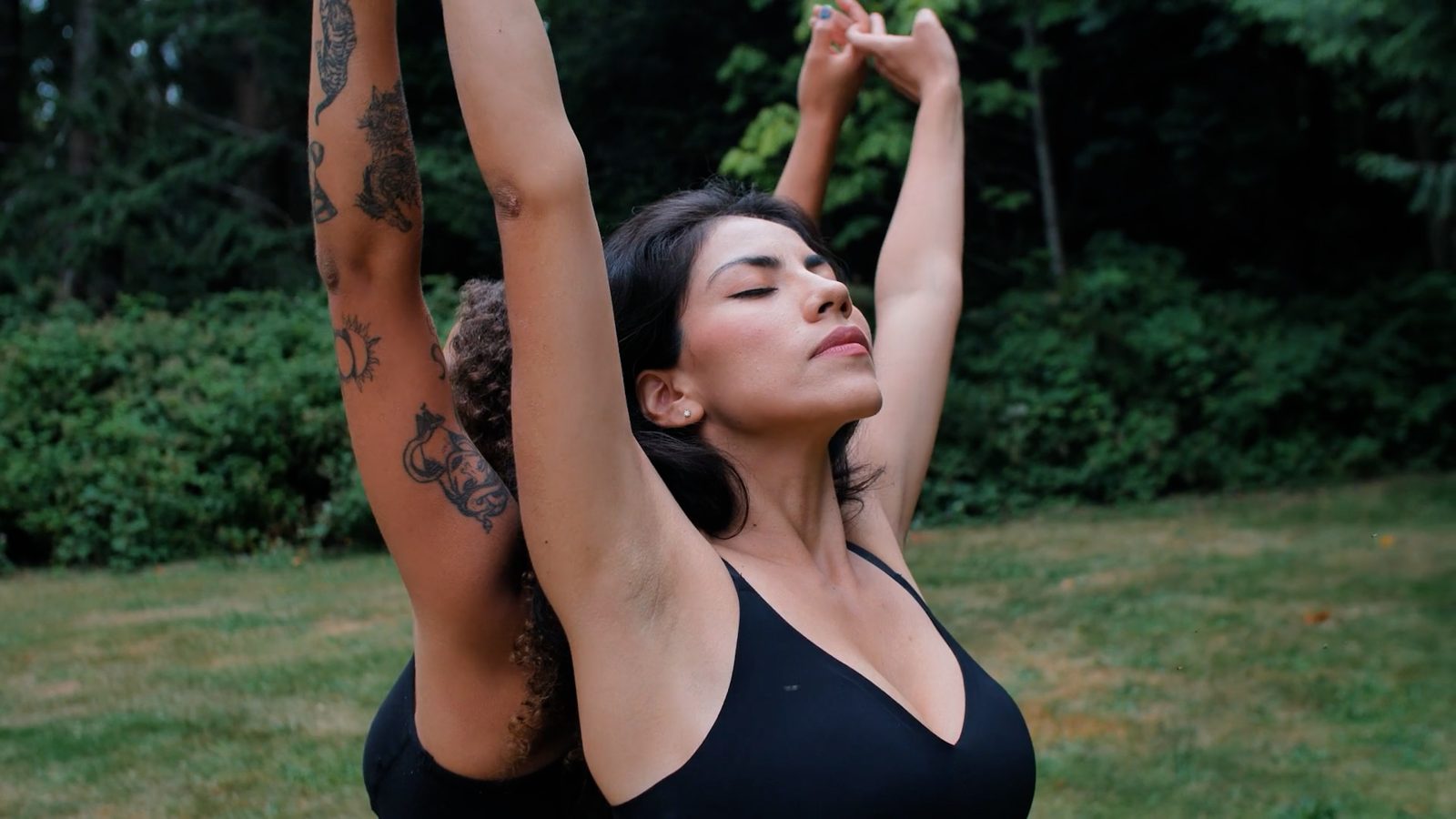
How to curb fear in skateboarding
First of all, the basic premise is to get used to the feeling of riding a skateboard. It is often said that you should start practicing it on grass, but if there is no grass around, you can use a crack in the ground to hold the board in place so that it does not move, and you can ride with peace of mind.
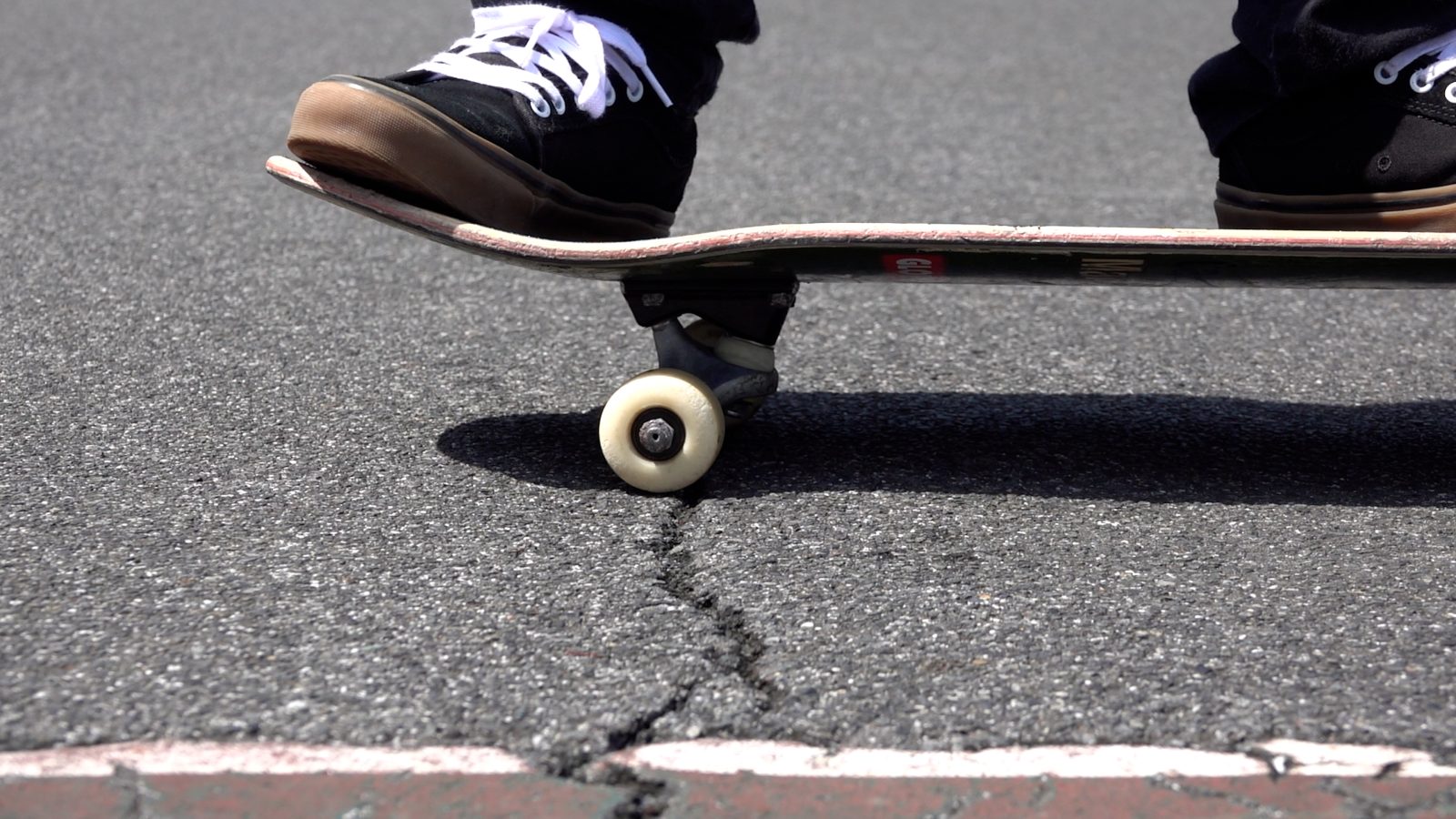
Importance of practicing while moving
As soon as you are ready, I recommend practicing any trick while moving as much as possible, no matter how slow. There's a reason for this that I'll talk about in a minute, but let me show you things you can do without an Ollie first. Practice pushing, cruising, hippy jumps, bunny hops, spins, manuals, Caveman, Caveman to Manual, etc. Getting used to the feeling of doing something while moving is the first step.
Tricks feel different when you are moving than when you are standing still. So, if you get used to stationary tricks, it will take time to get used to doing tricks while moving.
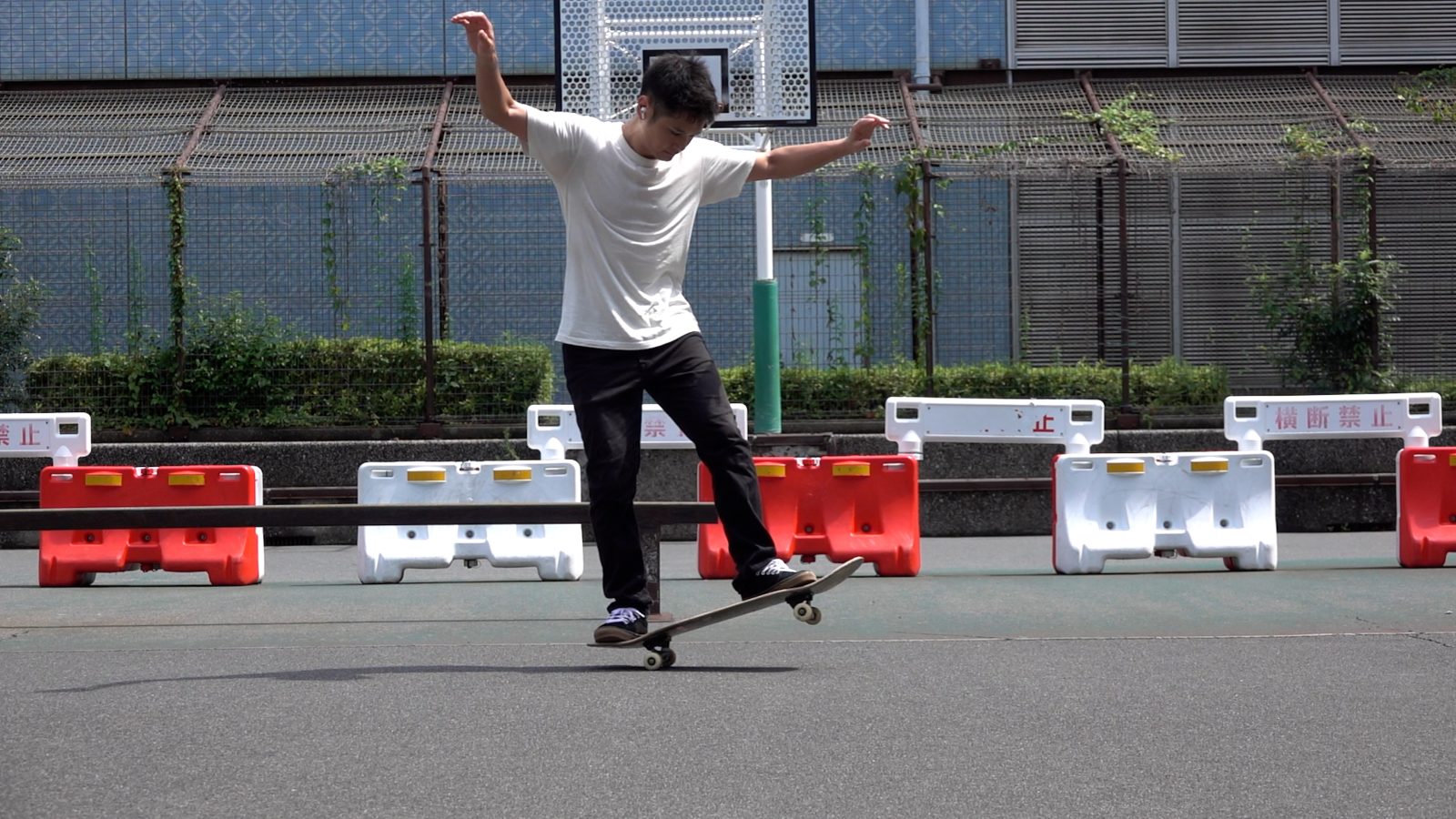
Practicing while moving helps you avoid injury
Also, if you twist your ankle while stationary, all your weight will concentrate on your ankle, which will aggravate the injury. Practicing while moving helps you release kinetic energy.
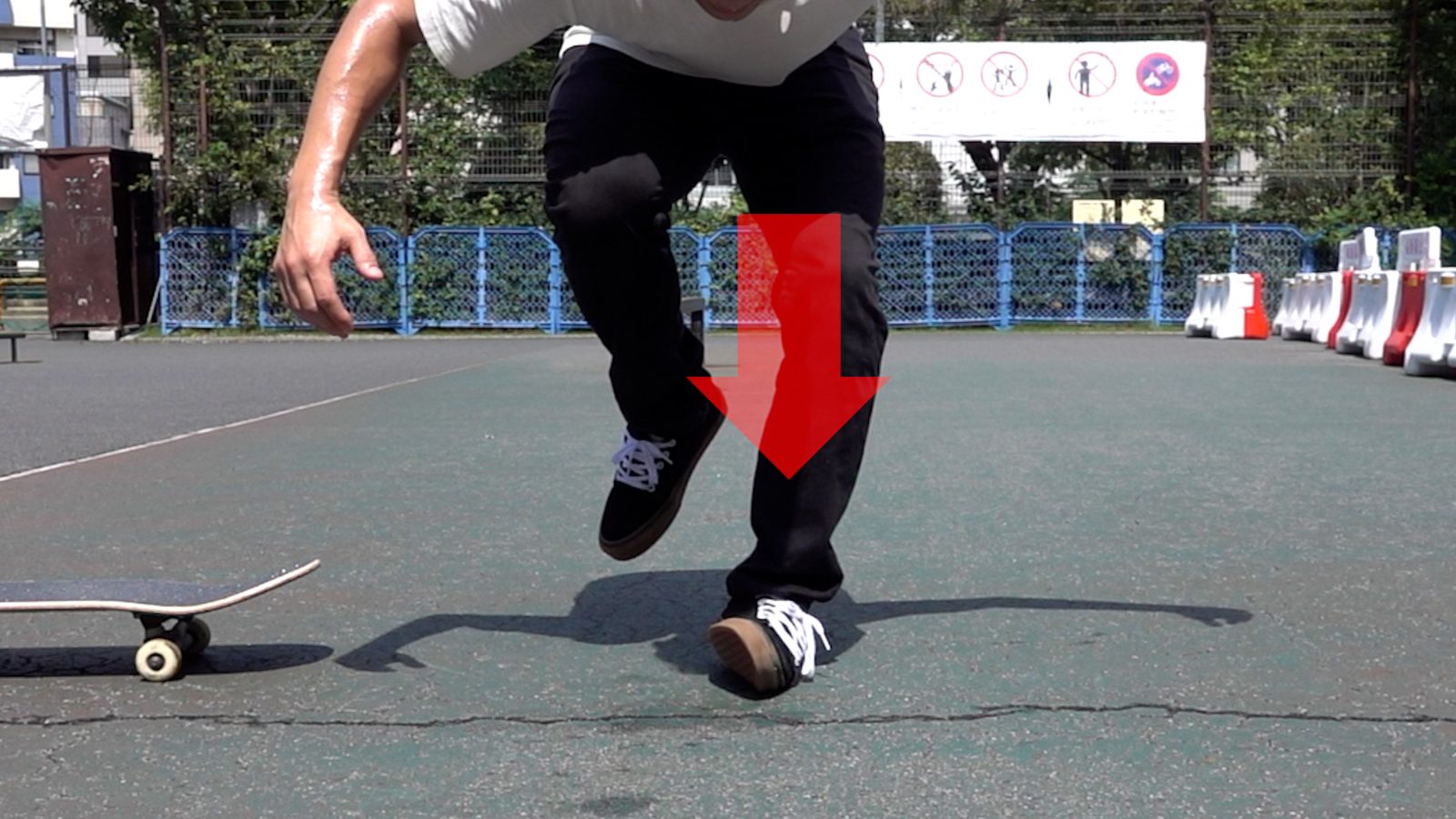
What to do when you fall
Let the energy go
It is important to remember that trying to stop yourself is the worst thing you can do. If you fall, you can avoid injury by rolling your body forward to dissipate kinetic energy.
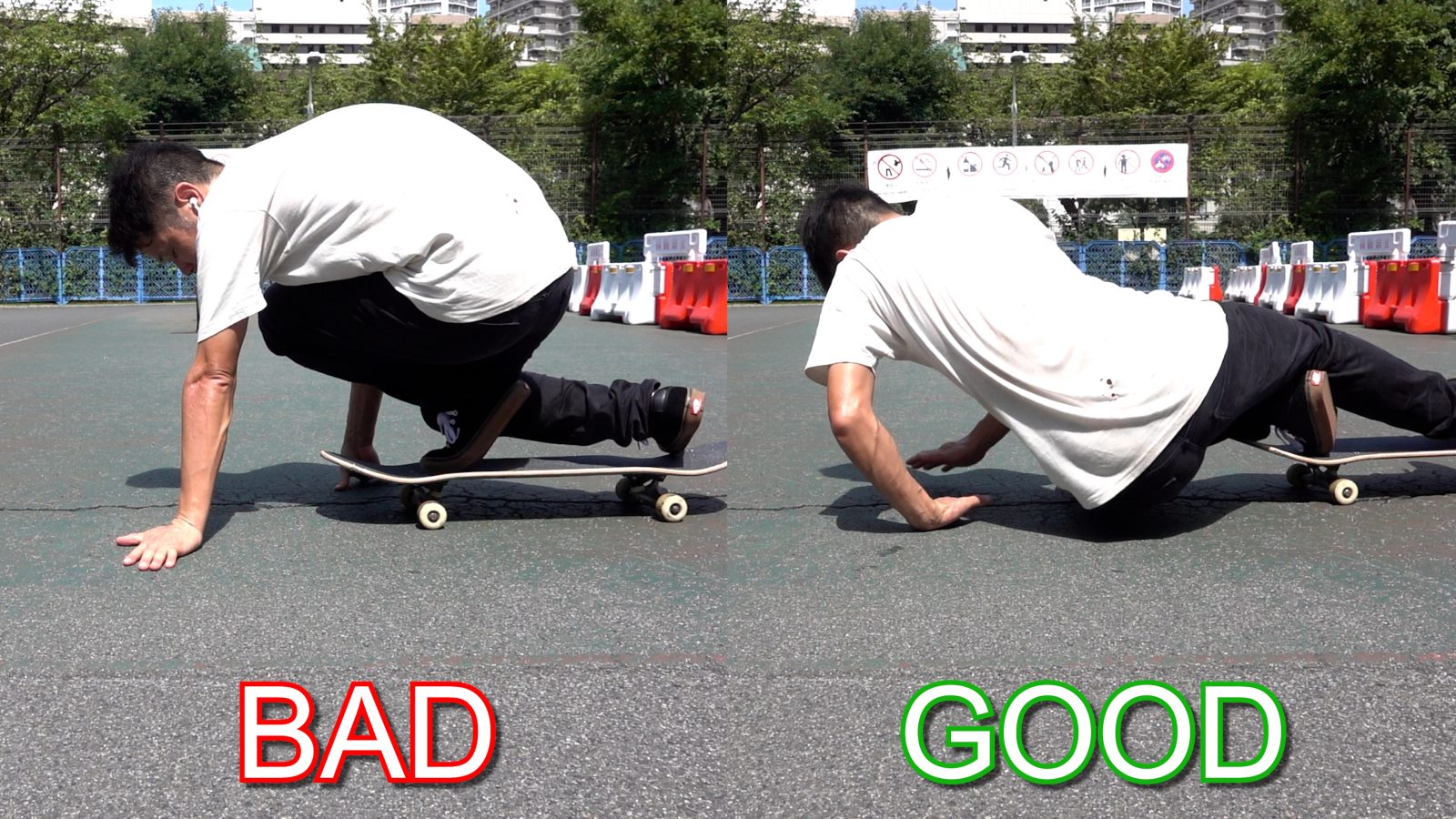
Do not try to stop yourself
Conversely, trying to stop or extend your body will cause injury as the force concentrates on the part you stick out. Let's consider how to prevent injury in each body part.
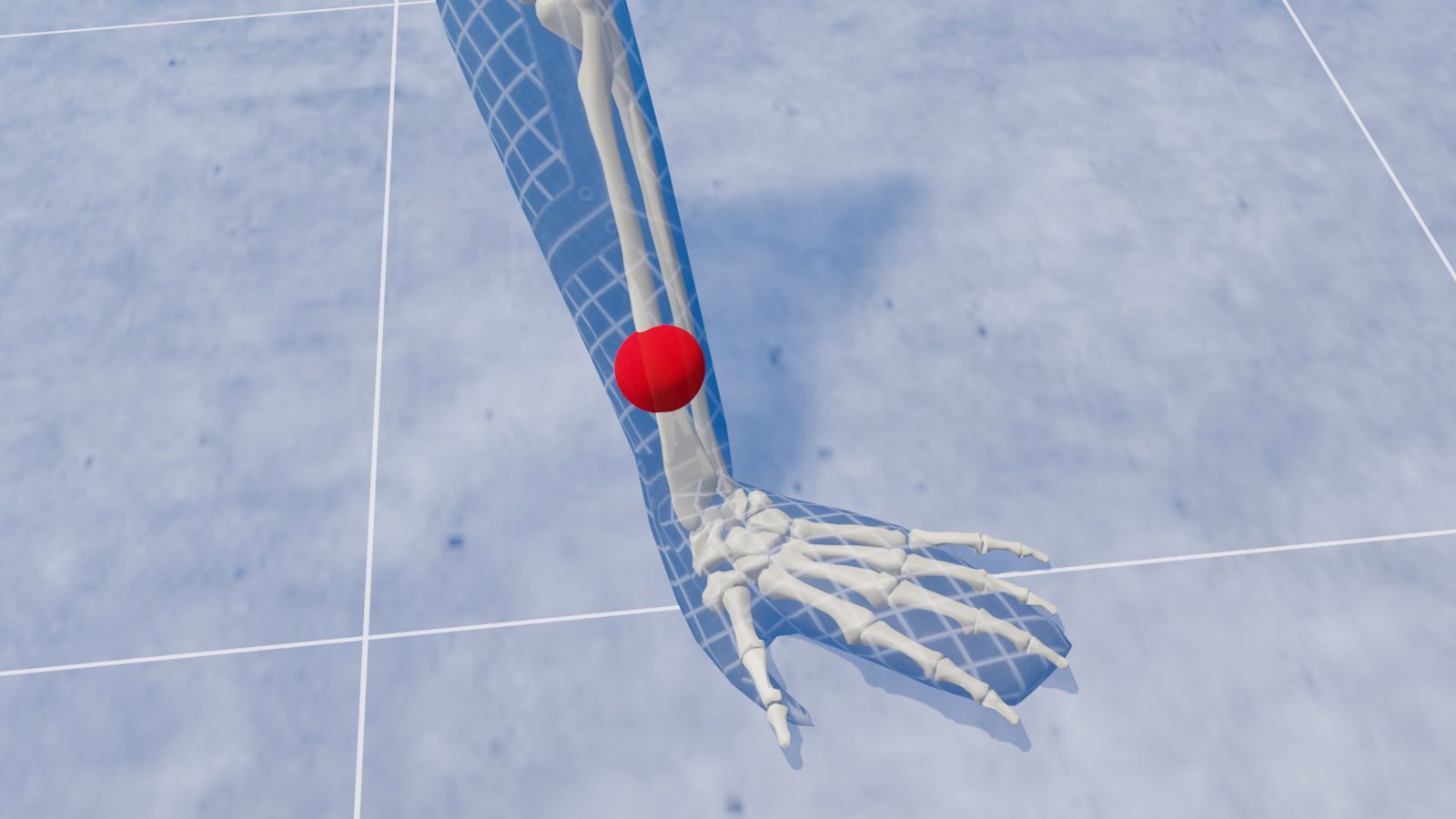
Part 1 - Arms
Sometimes, you can't help planting your arms upon falling even when you know you should not. Even if you can't help it, avoid planting it with your thumb pointing outward at all costs, as all the force acting on your body will concentrate on your forearm, leading to shoulder dislocation or forearm fracture.
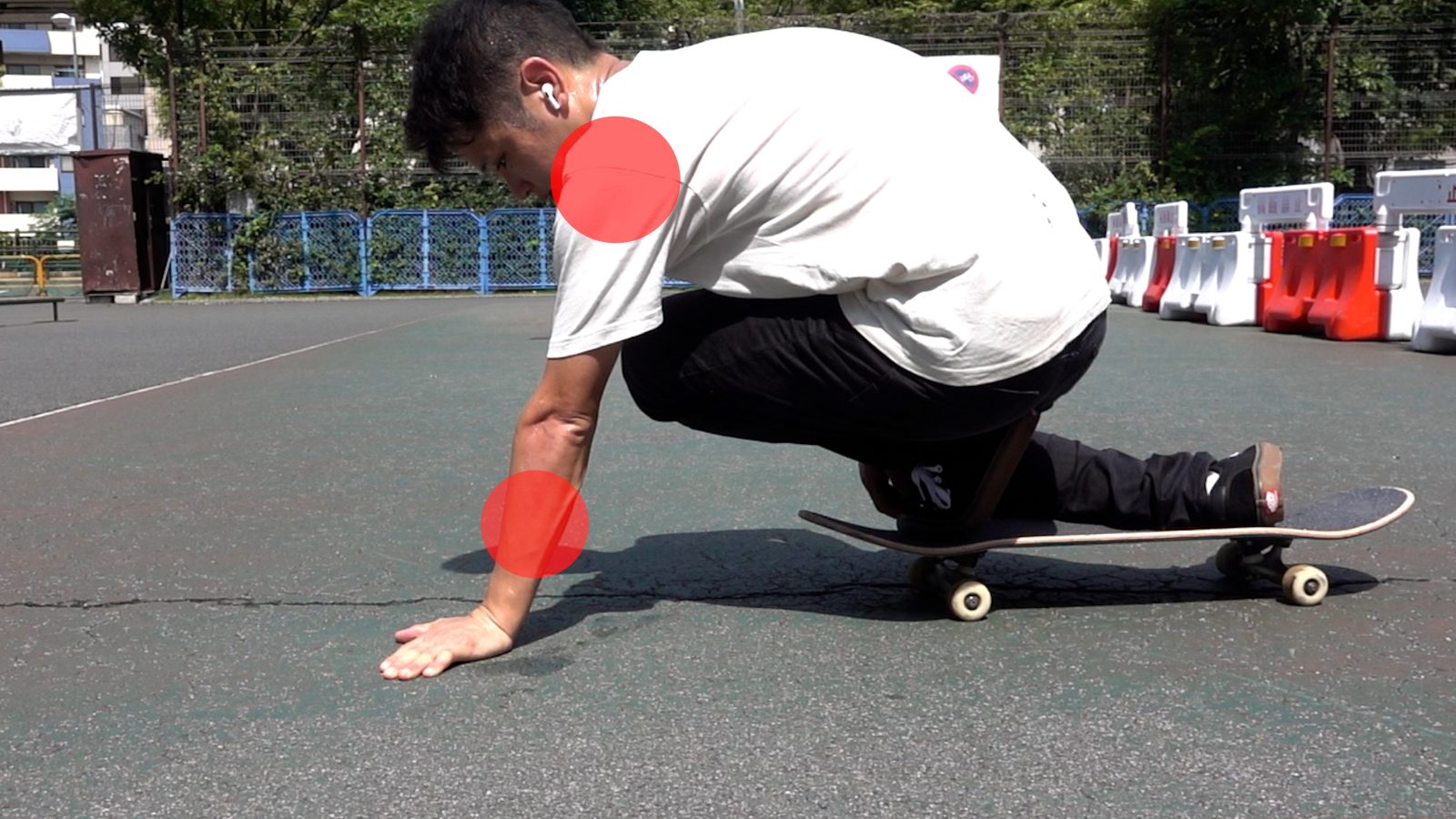
Part 2 - Head
Always pull your chin back and round your body when you fall backward. If you are concerned, don't hesitate to wear a helmet.

Part 3 - Ankles
Honestly, you may roll your ankle no matter how careful you are. But to minimize the risk of injury, get off the board as soon as you feel uncomfortable or roll on the ground.
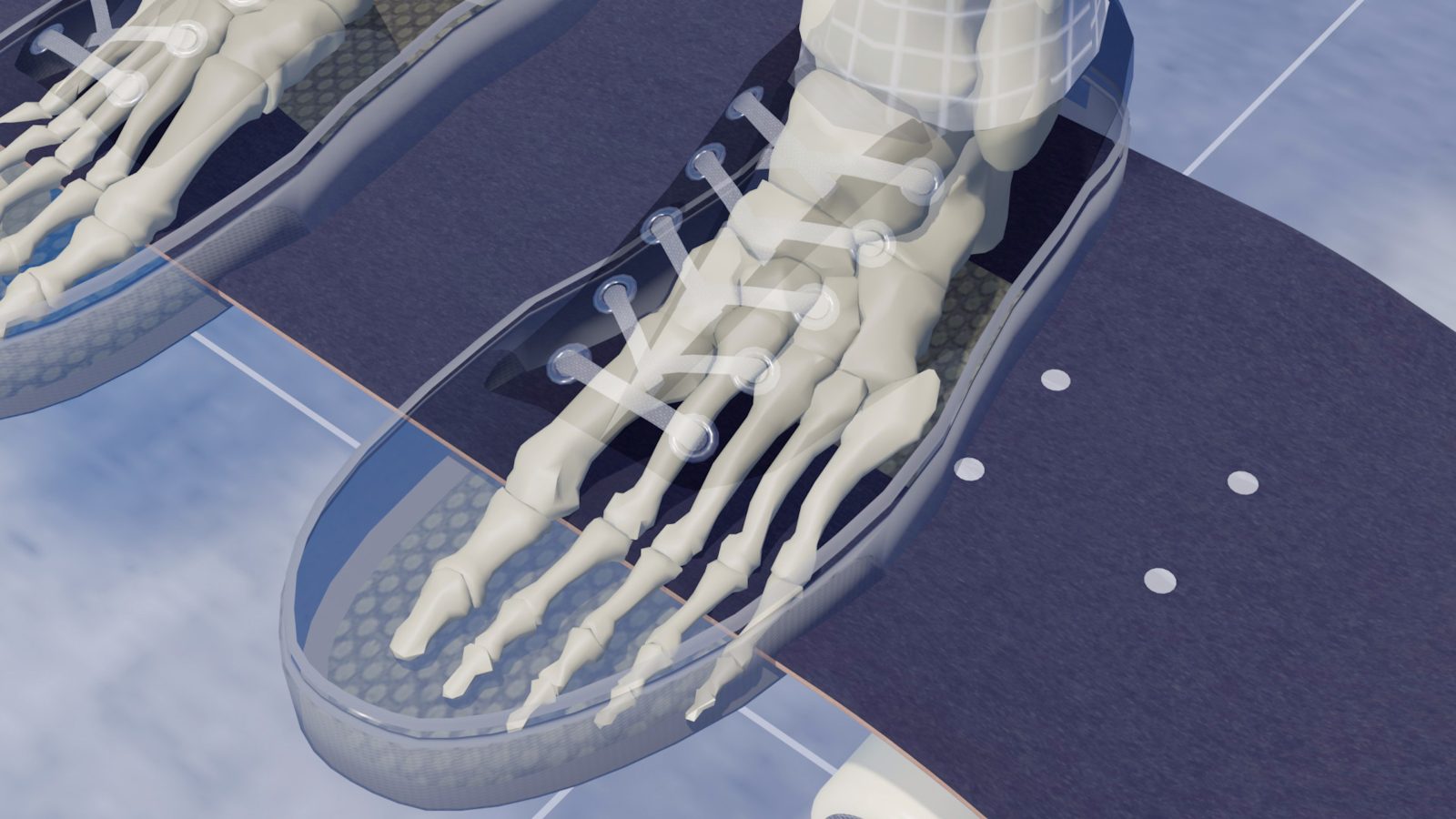
Importance of wrist guards
However, rolling your body on the hard ground is not what we usually do. If you are not familiar with the feeling of rolling on the ground, I recommend using a wrist guard. It helps you release your body's energy by being able to slide on the ground on your palms.
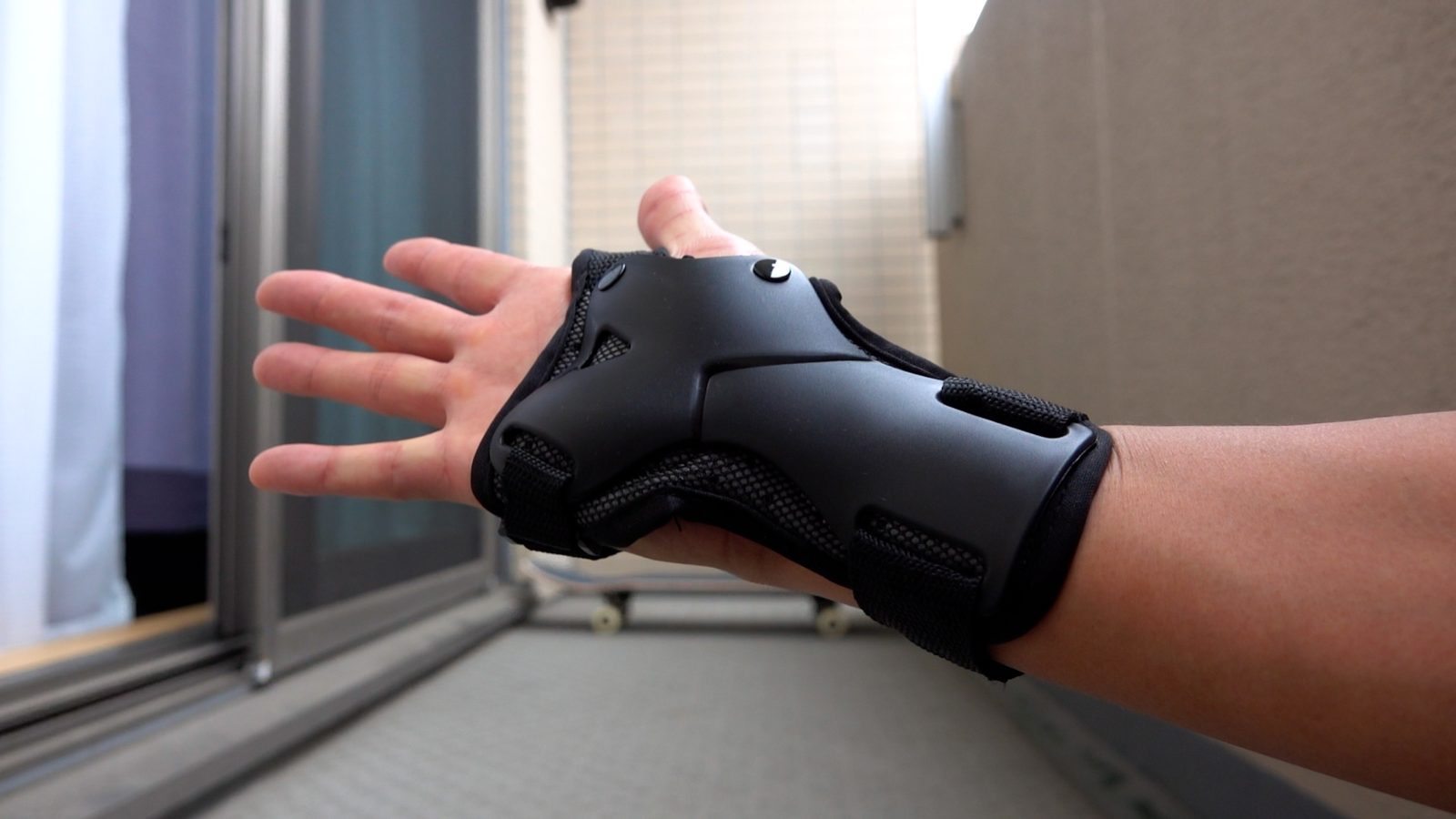
Transition
Next, let's see how to fall on transitions. Wearing knee pads is effective, but many of you may not have one. I don't have one. On transitions, as soon as you feel something is going wrong, get off your board even more quickly than on flat ground.
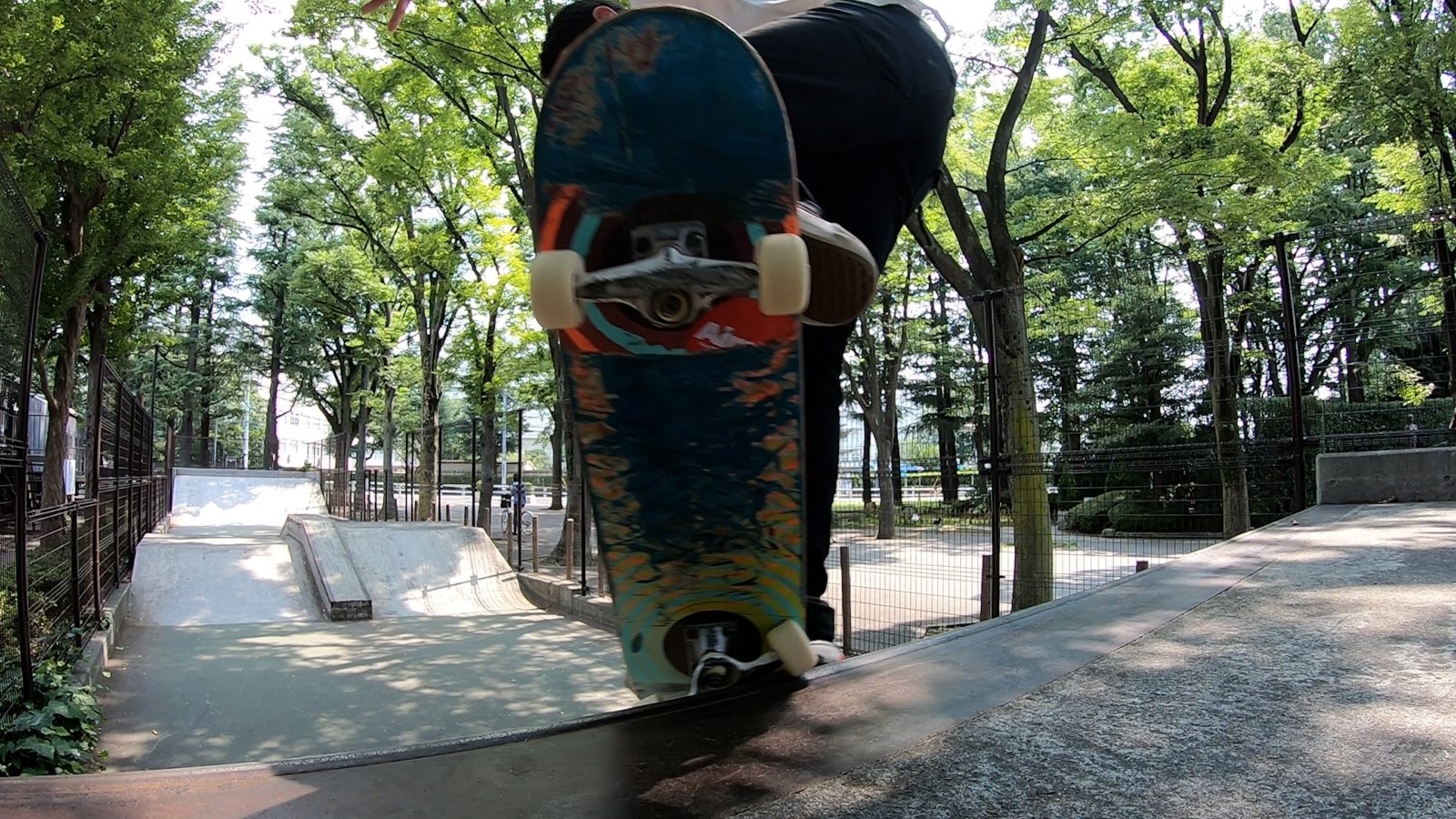
You may get injured if you force yourself to land a trick when you have lost control or feel scared. The time when you land your trick will surely come. If you think it's unsafe, don't hesitate to get off the board and try again the next time.
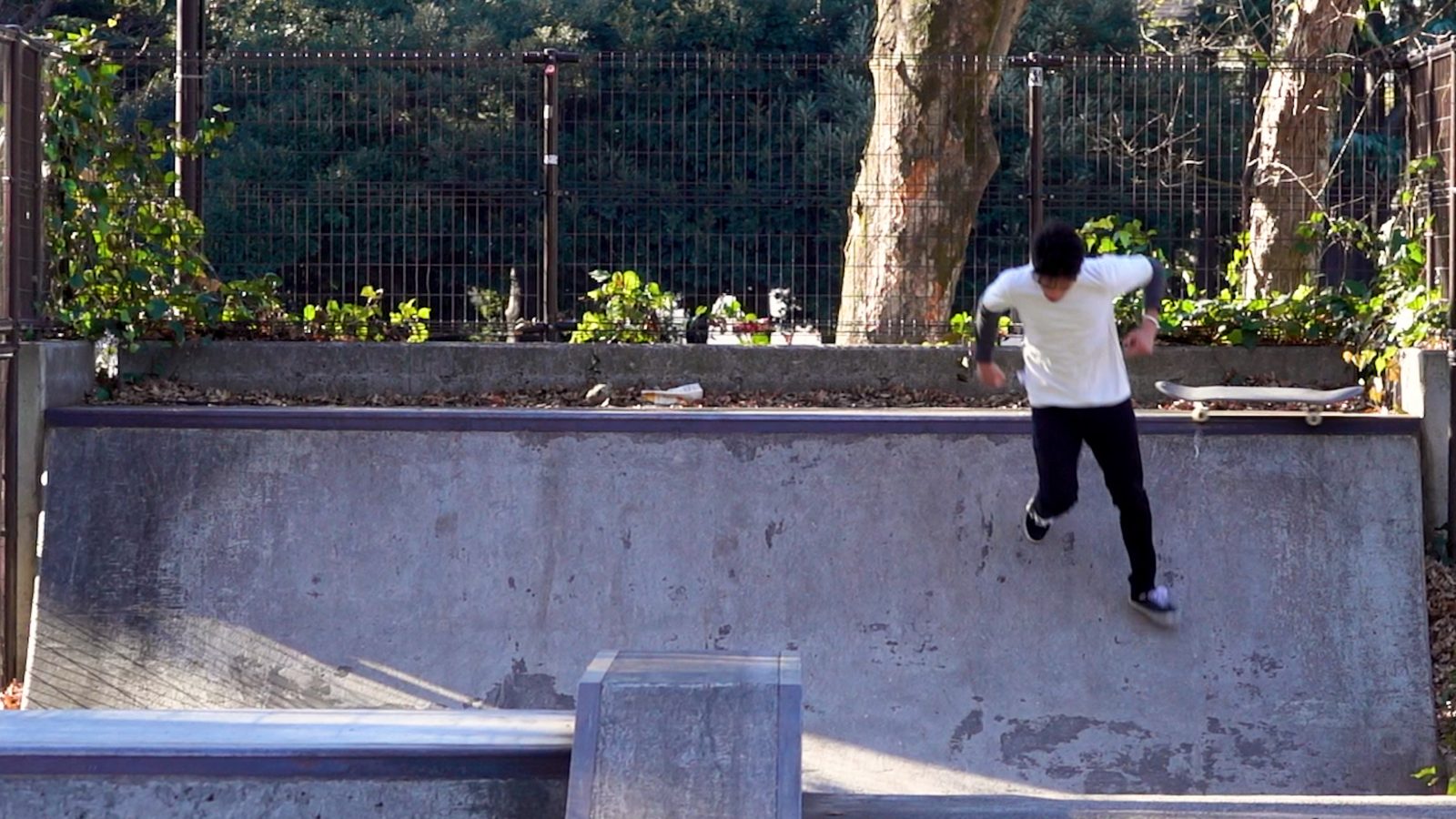
Mindset
Falling is part of skateboarding
Don't hesitate to fall as soon as you feel uncomfortable. Skateboarding takes a long time to improve. Take your time and practice at your own pace while setting small goals.
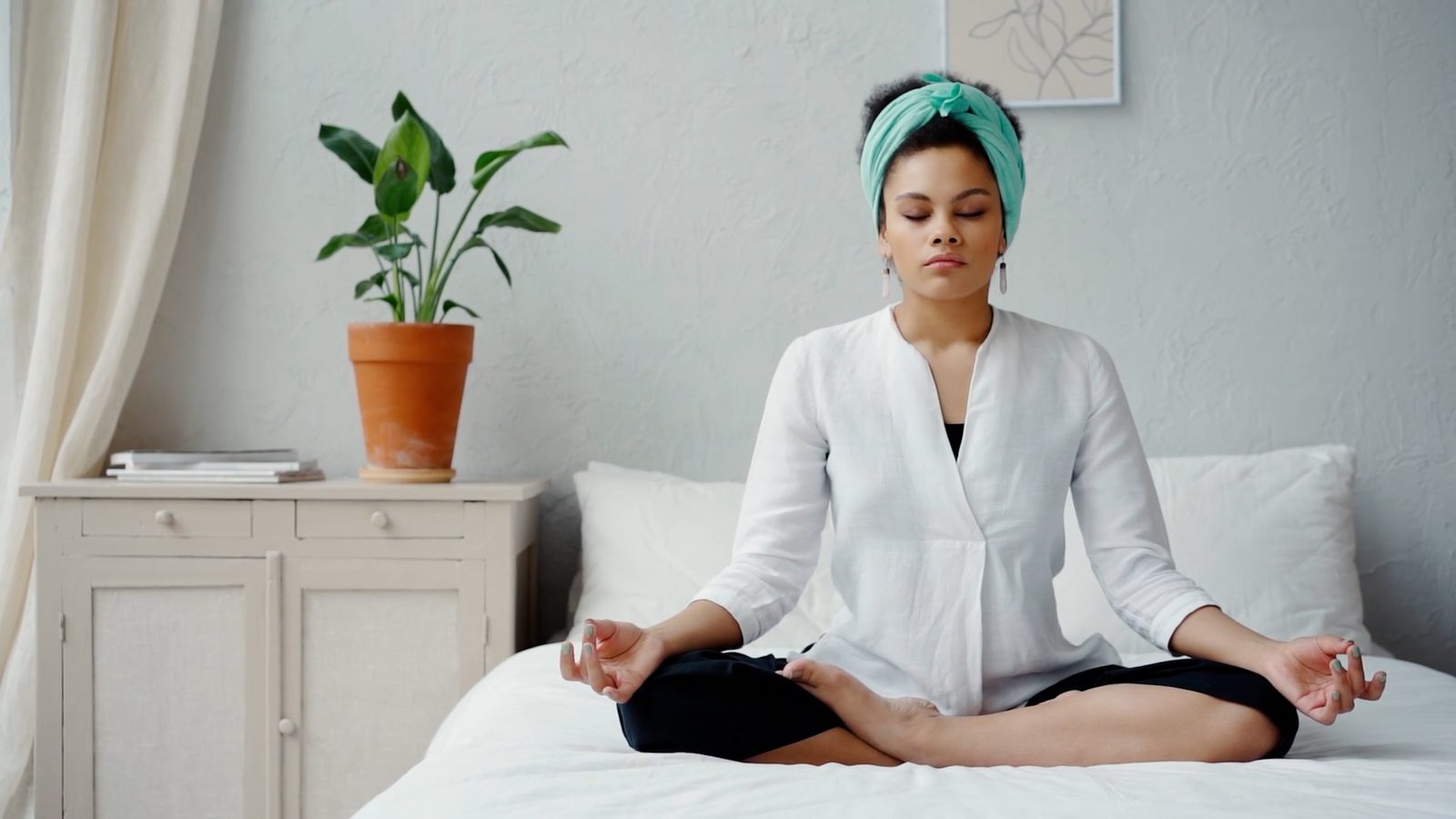
Having fun is the best way to progress
If you are struggling with Ollies, remember that Ollies are not the only way to have fun in skateboarding. Foot plants are a great way to get used to the feeling of skateboarding. Please take a look at the previous article.
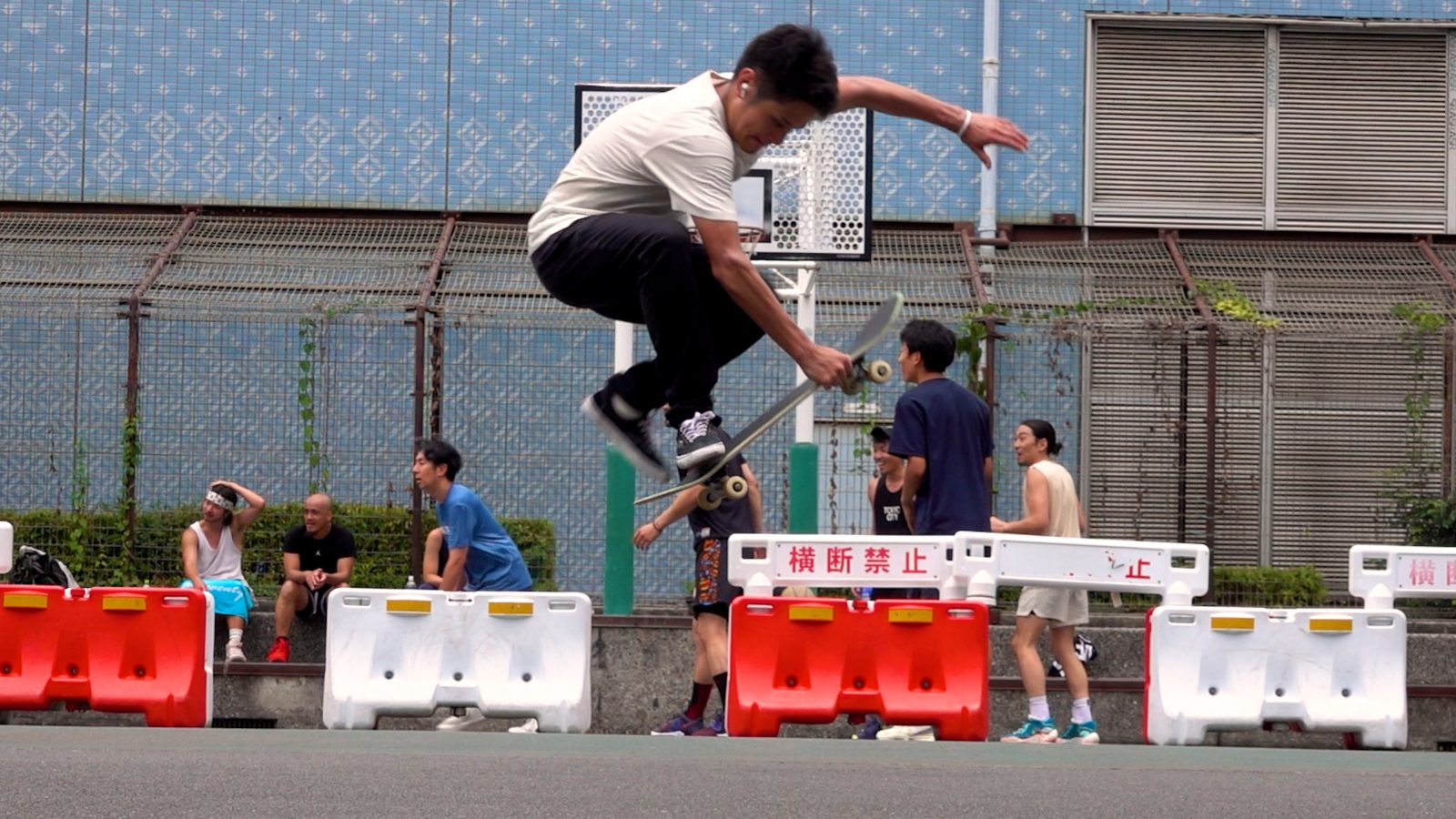
Use the 3D converter to analyze your movement
Also, don't forget to try the 3D animation converter. It allows you to convert your video into a 3D animation simply by uploading it to the system. Please make a good use of it.
